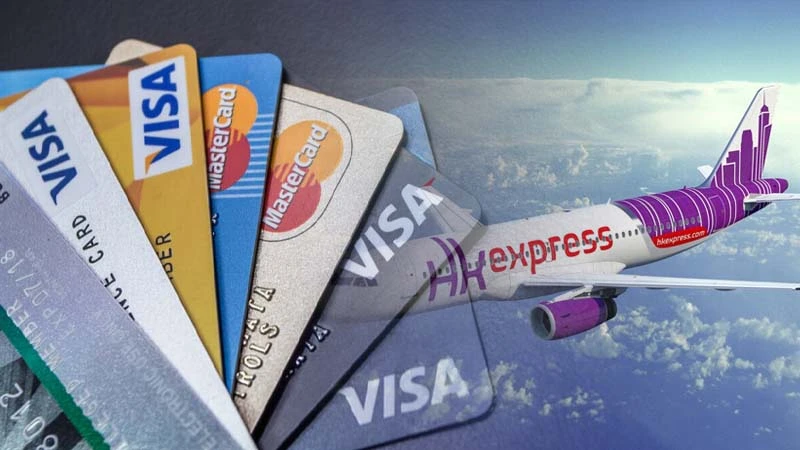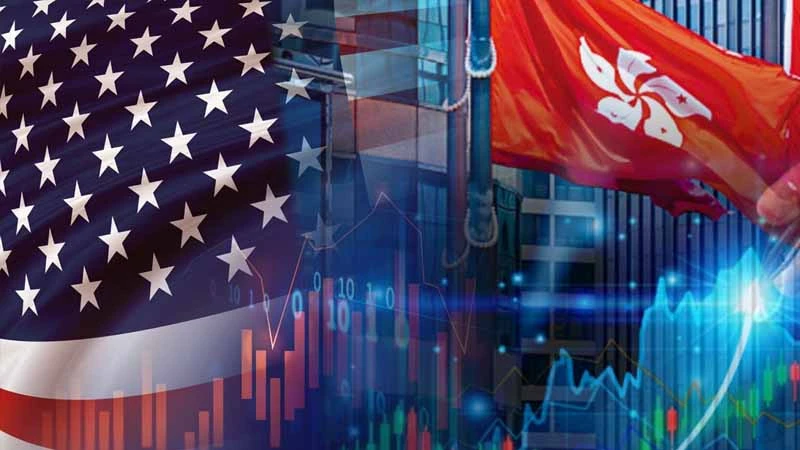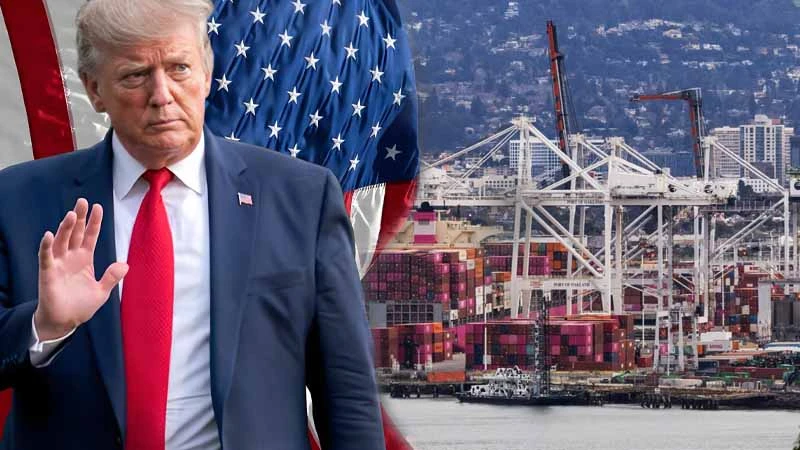Unveiling the Business Logic of Credit Card Miles Programs: How to Maximize Returns Through Strategic Use
Amid the global wave of digital transformation in the payment industry, credit card miles programs have evolved into complex systems that integrate financial engineering and behavioral economics. Cashback Island will deconstruct this hidden market with an annual transaction volume exceeding HKD 80 billion through three key dimensions: airline capital operations, bank-side design logic, and consumer strategic frameworks.
What Are Credit Card Miles
Frequent flyer miles are a type of rewards program that allows users to earn points through flying or spending, which can then be redeemed for flights, seat upgrades, and other rewards. Initially, frequent flyer miles were mainly earned by flying with specific airlines, but many credit cards now also offer the benefit of accumulating miles.
Frequent flyer programs are generally registered under an individual’s name, and the points can only be used to redeem tickets for the member or designated friends and family. In addition, some programs have expiration dates, and unused miles will expire after the validity period. Users should pay close attention to the expiration of their points.
The Capital Operation Nature of Airline Miles
Airline mileage programs have long evolved beyond simple customer loyalty schemes into sophisticated capital operation tools. This securitization model of virtual assets not only reshapes the cash flow structure of airlines but also creates a unique derivative value chain in financial markets. Understanding its operational logic requires examining two core dimensions: asset creation and value modulation.
Securitization Path of Virtual Assets
Airlines convert idle seats for the next 3–5 years into tradable miles, forming a unique pre-sale financing model. For example, in 2023, Cathay Pacific pre-sold 280 million Asia Miles to financial institutions, equivalent to monetizing HKD 670 million worth of seat inventory in advance. This approach not only optimizes the cash flow structure but also generates an average annual financial leverage effect of 18%.
Bilateral Adjustment through Dynamic Pricing
Through a smart pricing engine that dynamically adjusts redemption standards in real time, 2024 data shows that the monthly fluctuation range of miles required for business class on popular routes reached ±22%. This mechanism maintains consumers’ perceived value while ensuring the airline’s flexibility in revenue management, forming an invisible value-balancing system.
| Airline Program | Value per Mile (HKD) | Annual Depreciation Rate | Validity Period | Alliance Affiliation |
| Asia Miles | 0.14-0.18 | 15% | 18 months | Oneworld |
| Singapore Airlines KrisFlyer | 0.16-0.20 | 12% | 36 months | Star Alliance |
| Emirates Skywards | 0.12-0.15 | 18% | 24 months | Independent Program |
About Credit Card Miles: Structured Design on the Banking Side
The business model of credit card mileage programs is essentially a systematic capture of consumer surplus by the banking industry. From front-end product design to back-end data monetization, every step is meticulously calculated for profitability and hedged for risk.
Multi-tier Revenue Capture Model
The revenue structure of the HSBC Visa Signature Card reveals that merchant fees account for 52%, primarily derived from a 1.5–3.5% fee markup. Revolving interest contributes 28% of revenue, with the average outstanding balance per cardholder reaching HKD 45,000. Notably, data monetization has shown an annual growth rate of 22%, emerging as a new driver of revenue growth.
Actuarial Logic of Customer Segmentation
Banks adopt the CLV (Customer Lifetime Value) model in product design, with premium mileage cardholders contributing an average of HKD 3,800 annually—237% higher than regular card users. This differentiated strategy is reflected across various dimensions, including annual fee structures and associated privileges.
| Card Name | Base Rebate Rate | Advantageous Scenario | Hidden Cost Item | Suitable User Group |
| Standard Chartered Cathay Mastercard |
HKD 4/mile |
Large-scale electronics purchases | Foreign transaction fees | Primary household spender |
| HSBC EveryMile | 2.4% cash equivalent | Daily supermarket spending | High-tier privilege threshold | Urban white-collar group |
| DBS Black World | HKD 6/mile | Overseas online shopping | Minimum spending requirement | Cross-border spending expert |
About Credit Card Miles: Strategic Matrix for Consumers
In the dual game between banks and airlines, cardholders must establish a systematic response strategy. This involves not only optimizing card usage techniques, but also mastering the dynamic management of risk factors.
Scenario-Based Card Combination
Standard Chartered Cathay Mastercard is recommended for large purchases of electrical appliances to receive a high rebate of 1 mile for every 4 HKD spent. For daily supermarket spending, switching to the HSBC EveryMile Card can stack an additional 2% cash rebate.
Risk Hedging Mechanism
Establish a three-tier defense system: allocate 40% of miles to Star Alliance programs, 30% to SkyTeam, and the remaining 30% to oneworld. It is also recommended to convert 15% of miles into refundable and changeable tickets each quarter. Although this requires a handling fee of HKD 800–1,200, it secures a 12-month option on flight bookings.
| Strategy Type | Execution Cost | Risk Mitigation Effectiveness | Liquidity Impact | Suitable Stage |
| Alliance Diversification | Time Cost | ★★★★☆ | ★★☆☆☆ | Long-Term Holding |
| Flexible Ticket Lock-In | HKD 800-1,200 | ★★★☆☆ | ★★★★☆ | Mid-Term Planning |
| Secondary Market Circulation | 15% Handling Fee | ★★☆☆☆ | ★★★★★ | Emergency Liquidation |
Evolution of the Regulatory Framework
Financial regulatory authorities are gradually establishing a supervisory system for virtual mileage assets. In 2024, the Hong Kong Monetary Authority issued the “Operational Guidelines on Mileage Programs”, marking the first time that airline miles were brought under the regulatory scope of financial derivatives.
Information Disclosure Standards
Banks and airlines are required to disclose 12 core indicators quarterly, including mileage issuance volume, redemption rate, and residual value. The transparency requirements are 40% higher than those for traditional financial products.
Risk Reserve Mechanism
A mileage value protection fund should be established with reference to the deposit insurance system. Issuing institutions are required to contribute reserves equivalent to 8% of the unredeemed mileage value, effectively mitigating systemic risk.
| Regulatory Indicators | 2023 Baseline | 2024 New Regulations | Compliance Cost Change |
| Disclosure Frequency | Annually | Quarterly | +300% |
| Reserve Ratio | None | 8% | New Cost Item |
| Customer Risk Disclosure | Basic Terms | Dynamic Pop-up | +15% Operating Expenses |
Technology-Driven Future Evolution
Blockchain and AI technologies are reshaping the mileage ecosystem. Smart contracts enable atomic-level mileage transactions, while predictive algorithms have increased redemption success rates to 92%.
Smart Contract Application
Cathay Pacific’s trial of NFT mileage vouchers enables transfers within seconds and automatic profit sharing. Test data shows that transaction friction costs have been reduced by 67%.
Dynamic Valuation Model
Machine learning algorithm updates mileage valuation every 6 hours, taking into account 85 market variables. 2024 Q2 measured error rate is only ±1.8%, 4x more accurate than traditional models.
| Technology Modules | Application Scenarios | Efficiency Improvements | Cost Savings |
| Blockchain Clearance | Cross-Alliance Mileage Conversion | 73% | 42% |
| AI Risk Pricing | Mileage Depreciation Early Warnings | 89% | 38% |
| Internet of Things Integration | Instant Airport Redemption | 65% | 27% |
Conclusion: Rebalancing the Ecosystem
The Credit Card Miles programme has created a special asset class worth over HK$80 billion. The next three years will witness a deep game between regulatory technology and financial innovation, and cardholders will need to develop a new competency framework that incorporates technological acumen and risk awareness. Avoid becoming a “bill payer” in your business strategy. Spend wisely so that you get more value for your money with every purchase.
Frequently Asked Questions
Q1. Do miles expire?
Asia Miles has an “18-month rolling validity period”. If there is no activity to “accumulate” or “redeem” miles within 18 months, the unused miles will expire automatically. For example: miles will expire on 30 June 2025 if they were last accrued on 1 January 2024 and no further activity is performed. However, for Cathay Pacific co-branded credit card holders (e.g. HSBC Cathay Pacific Card), the automatic monthly mileage accrual will be recognised as valid activity to avoid the risk of expiry.
Comparison of Other Frequent Flyer Programs:
| Program Name | Exipiration Rule | Exemption Condition |
| Asia Miles | Inactive for 18 months will result in expiry | Automatic accrual via co-branded credit card |
| Emirates Skywards | Expires after a fixed period of 36 months | None |
| Singapore Airlines KrisFlyer | Expires after 36 months of inactivity | Elite members enjoy lifetime validity |
Q2. How much does it cost to earn 1 mile with HSBC credit cards?
The cost per mile with HSBC credit cards varies depending on the card type and spending category. Actual cost can be further reduced through reward stacking:
- HSBC Red Credit Card:
- Local general spending: HKD 6 per mile
- Designated categories (dining/online shopping): HKD 4 per mile
- Overseas spending: HKD 4 per mile (foreign currency handling fee waived)
- HSBC Visa Signature:
- Local spending (monthly spending of HKD 8,000 or above): HKD 4 per mile
- Overseas spending: HKD 3 per mile (foreign currency handling fee waived)
- HSBC Cathay Co-branded Card:
- General spending: HKD 6 per mile
- Cathay spending: HKD 4 per mile
Advanced redemption tips:
- RewardCash multiplier: Red Card spending also earns RewardCash ($1=2 points). 5,000 RewardCash can be redeemed for 10,000 miles, effectively reducing the cost to HKD 2.5 per mile.
- Limited-time offer: Overseas spending in Q3 2024 earns 3x points. With Visa Signature, the effective cost can be as low as HKD 1.33 per mile.
| Card Type | Base Cost | Cost After Stacking Offers | Best Use Case |
| Red Card (Dining) | $4 per mile | $2.5 per mile | Local dining / food delivery platforms |
| Visa Signature | $3 per mile | $1.33 per mile | Large overseas spending |
| Cathay Card (Airfare) | $4 per mile | $3.2 per mile | Booking on Cathay official website |
Q3. How to redeem Asia Miles?
The redemption process consists of three steps and can be combined with strategies to maximize mile value:
Step 1: Link your account
- Log in to the HSBC “Reward+” app and go to the “Rewards” page.
- Select “Airline Miles” and enter your Asia Miles membership number to complete the linkage.
Step 2: Redemption process
- Minimum requirement: 5,000 miles (requires 25,000 RewardCash).
- Handling fee: HKD 100 per transaction (waived until December 31, 2024)
- Processing time: Typically 3 business days, up to 5 days during peak periods.
Step 3: Advanced strategies
- Household account consolidation: Use Asia Miles’ “Miles Sharing” feature to combine family members’ miles for redeeming long-haul business class tickets.
- Star Alliance partners: Redeem flights with Singapore Airlines, ANA, etc., with taxes and surcharges 30%–50% lower than Cathay.
- Off-peak offers: In 2024, “Off-Peak Award Tickets” were introduced, Tokyo one-way economy requires only 10,000 miles (originally 12,500 miles).
Tips to prevent expiry:
- Make a monthly purchase of at least HKD 50 on the Cathay website (e.g., seat selection fees) to trigger mileage accrual.
- Set up auto bill payment (e.g., utilities) with the HSBC Cathay Card to ensure miles are credited monthly.
Related articles
-
Since 2025, global financial markets have continued to focus on the monetary policy trends of the US Federal Reserve (Fed) and movements in the US Dollar Index. As a barometer of the international market, the performance of the US Dollar Index (DXY) directly affects asset prices and capital flows in...2025 年 3 月 18 日
-
2024 Q4 US Nasdaq Index plunged 3.6%, while the Hang Seng Tech Index fell 4.2% simultaneously, highlighting that the linkage between the two markets has deepened to the level of capital flows. Facing the Federal Reserve’s policy swings, the tech industry’s cyclical shifts, and rising geopolitical risks, Hong Kong stocks...2025 年 2 月 21 日
-
In February 2025, Donald Trump's 25% tariff on imported cars triggered an instant earthquake in the global supply chain. This trade policy, which has been labelled “America First 2.0", has not only forced multinational car companies to urgently reorganise production, it has also pushed the price of precious metals past...2025 年 2 月 21 日













